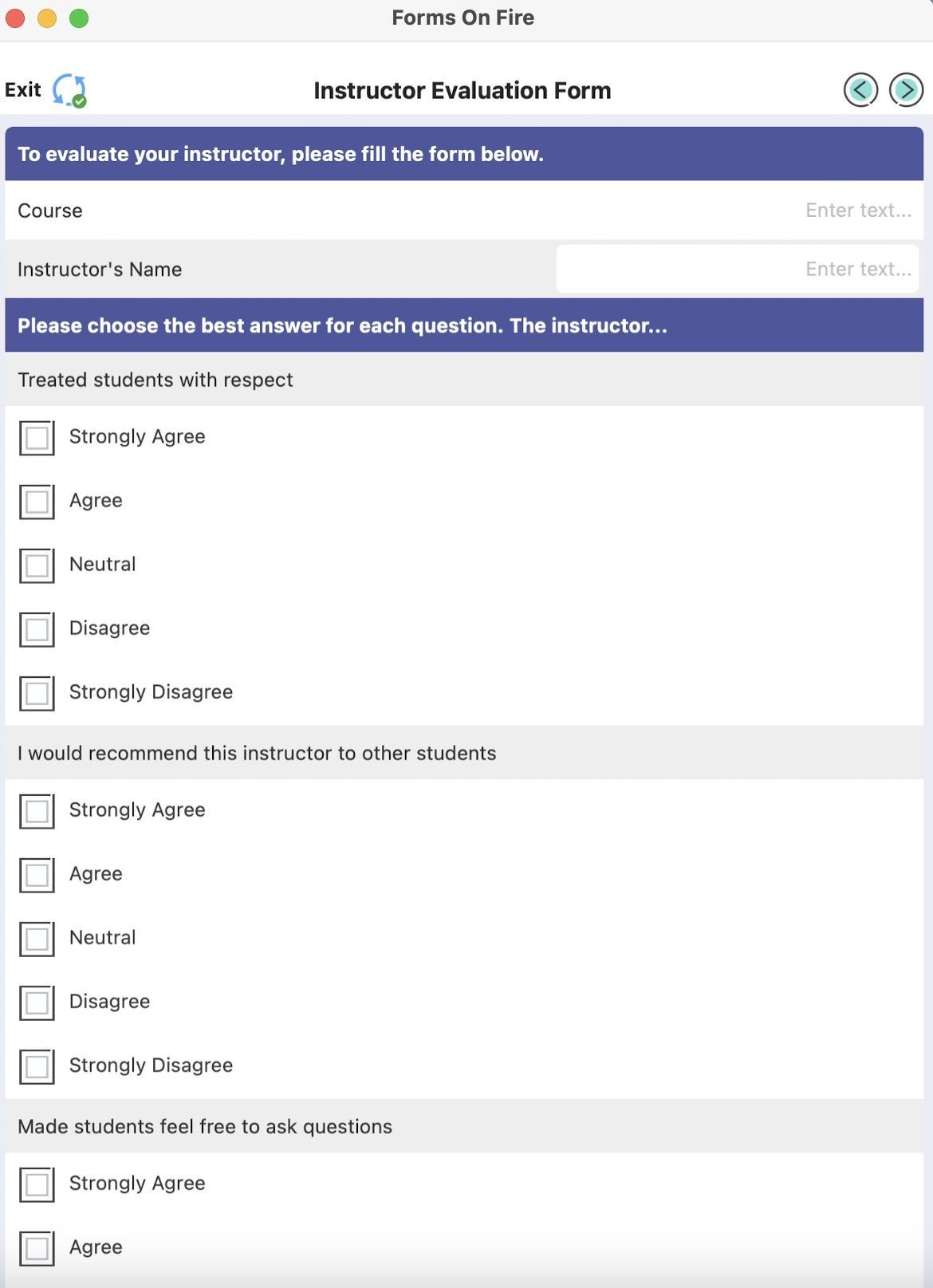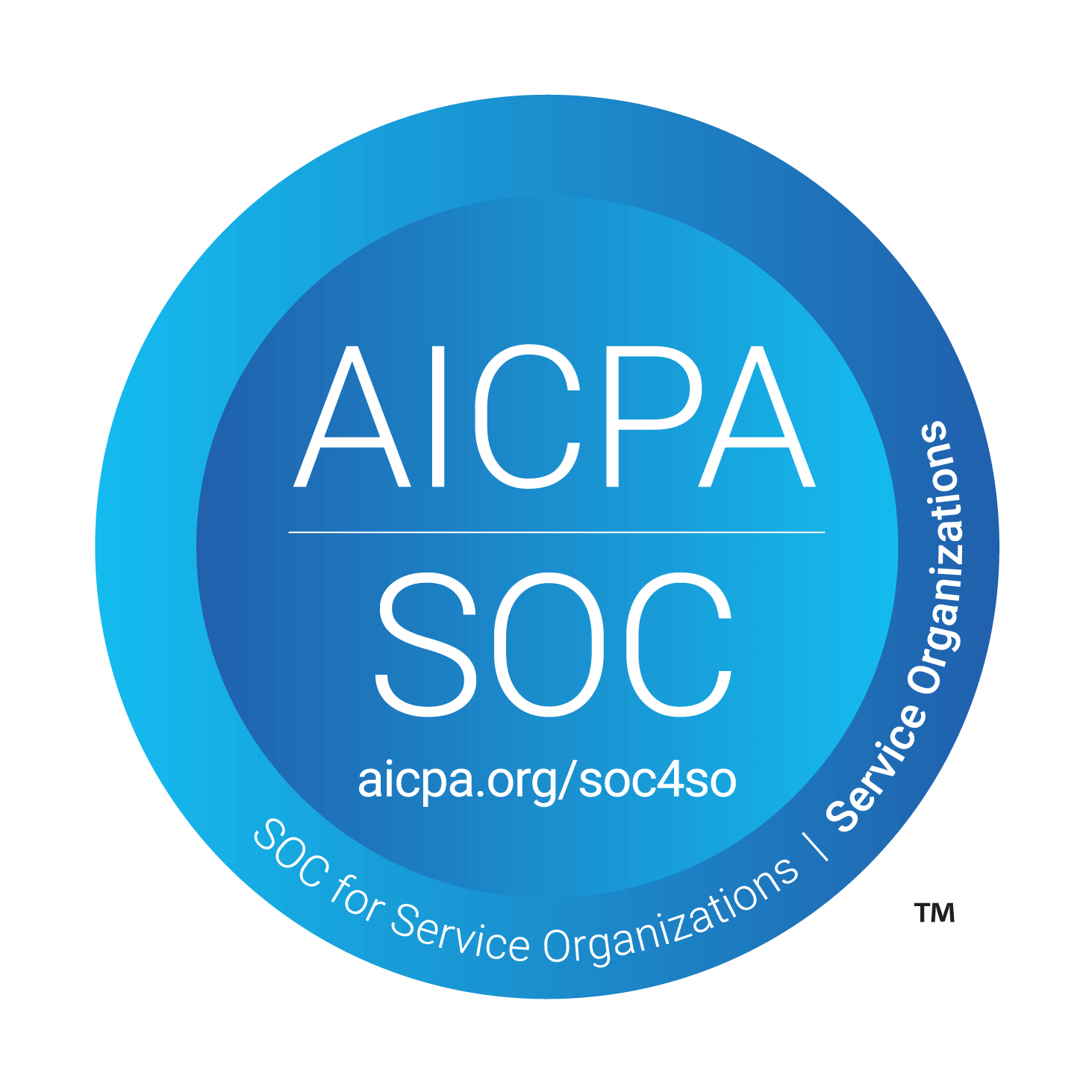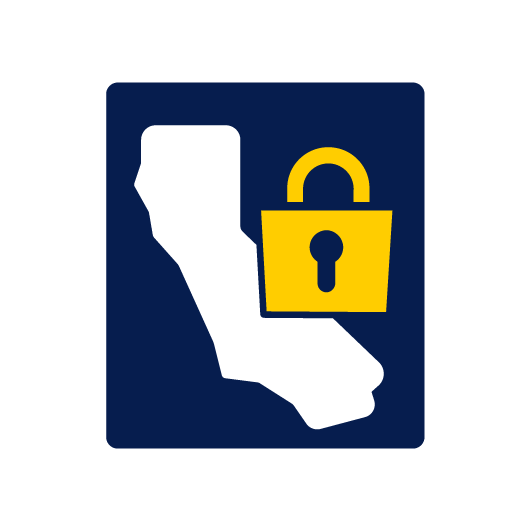Instructor Evaluation Form
When it comes to education and training, having a good instructor goes a long way. The instructor evaluation form is used to systematically assess and improve the effectiveness of instructors across various educational settings. It can be a great performance metrics for educational institutions and training organizations seeking to maintain high standards and bolster professional development.
Click on the button below to start a free trial of Forms On Fire and get instant access to our huge checklist database that includes an instructor evaluation form template.
Let's explore what an instructor evaluation form entails, who uses it, the typical question you’ll want to include, and where to get one.
What is the Instructor Evaluation Form?
The instructor evaluation form is a structured tool used to assess the performance and effectiveness of instructors and educators. It’s a critical feedback mechanism, widely used in educational and training contexts, that helps identify areas of strength and opportunities for improvement in teaching methodologies.
Who Uses Instructor Evaluation Forms?
Instructor evaluation forms are used by a range of stakeholders, including:
- Administrators: Utilize them in performance reviews to assess and ensure instructional quality.
- Training managers: Employ them in professional development programs to enhance teaching skills and methodologies.
- Peer educators: Use them in peer review processes to provide constructive feedback and foster collaborative improvement.
- Corporate trainers: Apply them in corporate training settings to align teaching practices with organizational goals.
- Vocational instructors: Implement them in vocational instruction to maintain and improve practical teaching effectiveness.
- Educational institutions: Rely on them for accreditation assessments to uphold and exceed academic standards.
What Does the Generic Instructor Evaluation Form Usually Cover?
The generic instructor evaluation form typically encompasses a variety of aspects to gauge an instructor's performance comprehensively. It often includes questions on teaching methods, subject knowledge, interaction with learners, and ability to provide constructive feedback.
Common items might cover the instructor's preparedness, clarity of communication, effectiveness in engaging students, and adaptability to diverse learning styles.
The form usually relies on a
5-point Likert scale (strongly disagree to strongly agree) to evaluate the instructor’s performance. Here are some typical items you would find included:
- The instructor provided clear and accurate explanations.
- The instructor treated students with respect.
- The instructor made students feel free to ask questions.
- The instructor clearly communicated and presented the material.
- The instructor displays professionalism in interactions with learners.
- The instructor was able to answer questions.
- The instructor provided constructive feedback on graded material.
- The instructor gave sufficient time to complete assignments.
- I would recommend this instructor to other students.
Aside from that, the form should also include the following information:
- Name and possibly contact information of the person completing the form
- The name of the instructor being evaluated
- The name of the course/class being taught (if applicable)
- Date of submission
- Space to leave additional comments
Of course, you will want to include/remove items to adjust the form for your specific use case.
Below is a snapshot of an instructor evaluation form built with Forms on Fire.

Where Do I Get an Instructor Evaluation Form Template?
Forms On Fire offers a diverse array of form templates, including those specifically tailored for instructor evaluations, which can be customized to fit your unique requirements. Once your form is set up, it can be easily distributed to learners who can fill it out on any mobile device.
This digital process streamlines data collection, making it easy to get insightful reports from the submitted forms. With Forms On Fire, the hassle of managing paper forms, redundant data entry, and manual tracking is eliminated — making your instructor evaluation process both efficient and effective.




